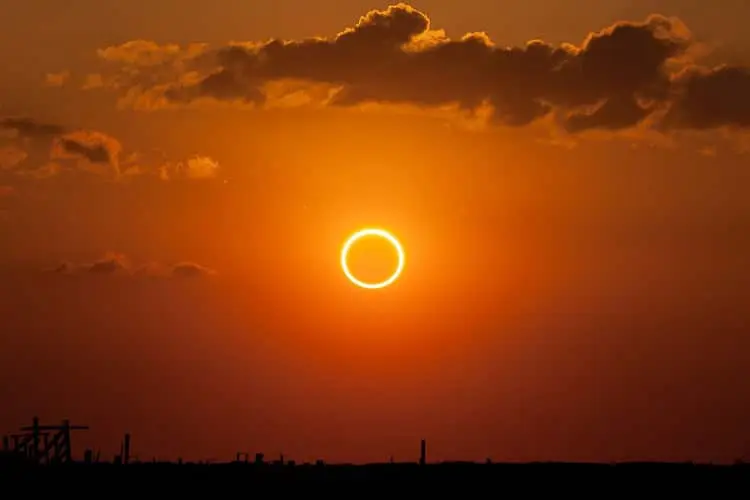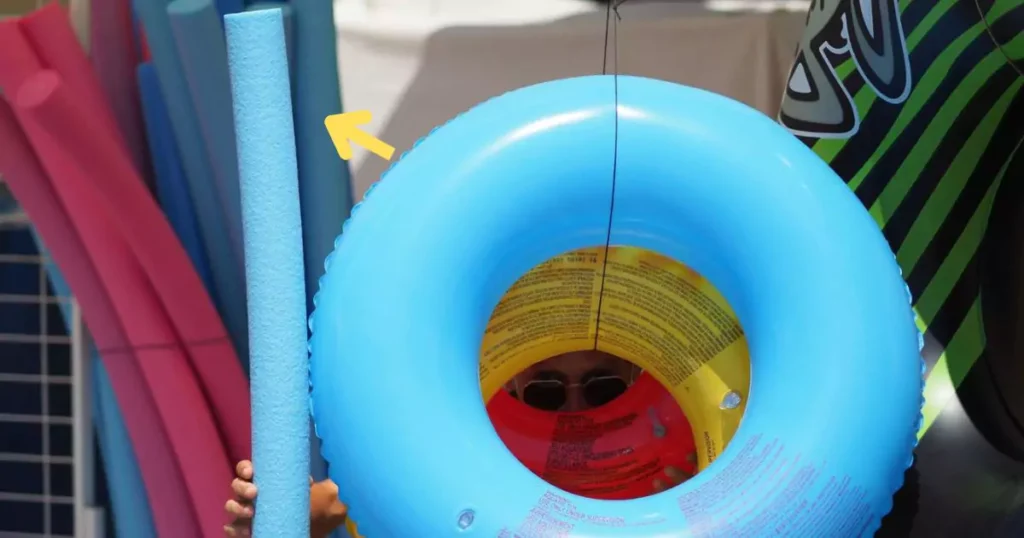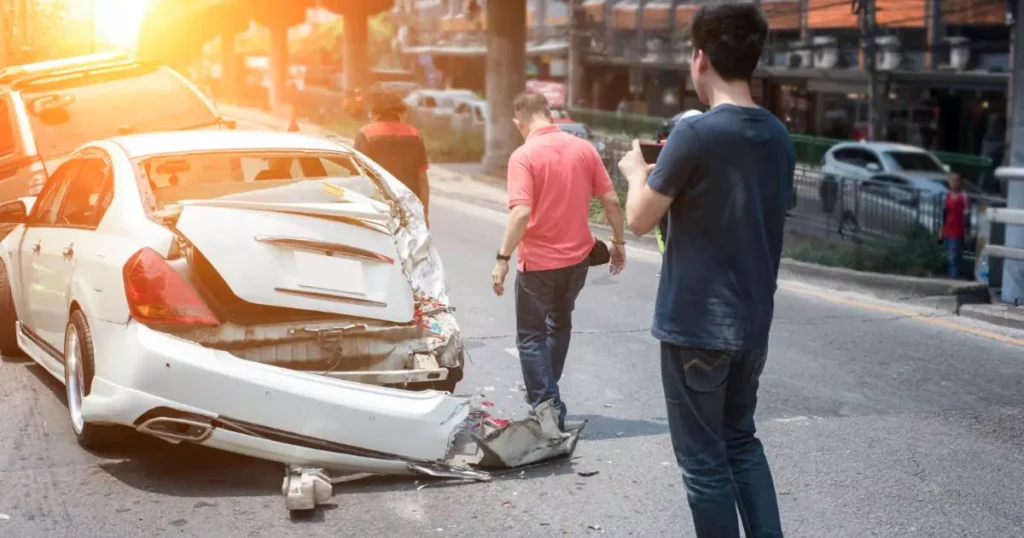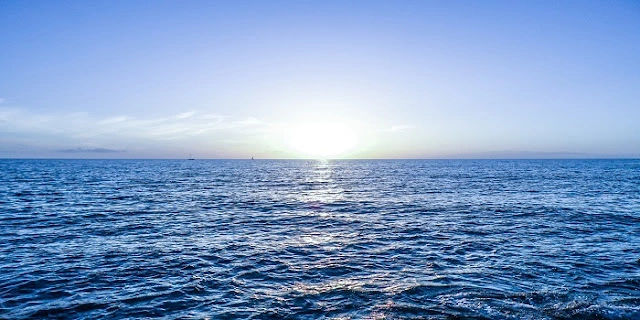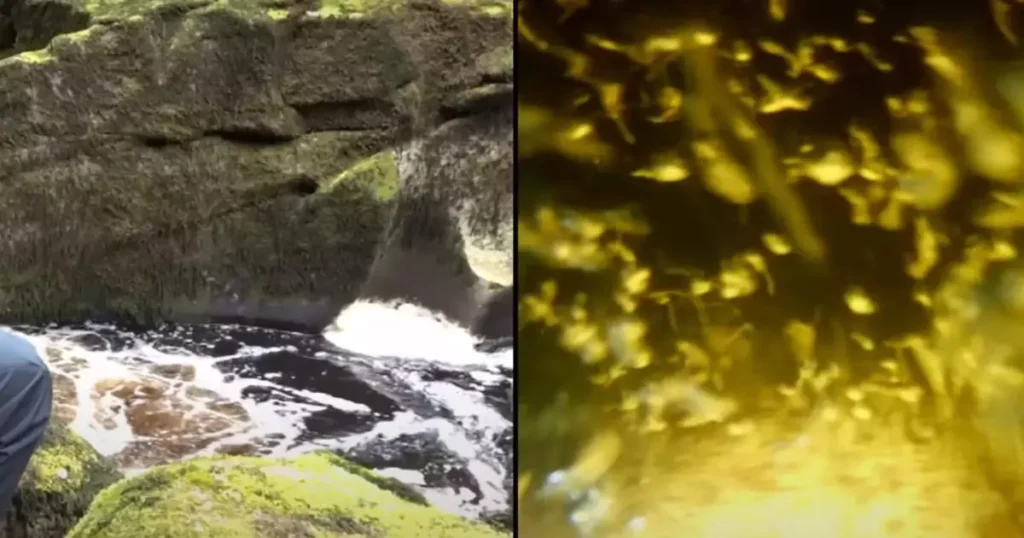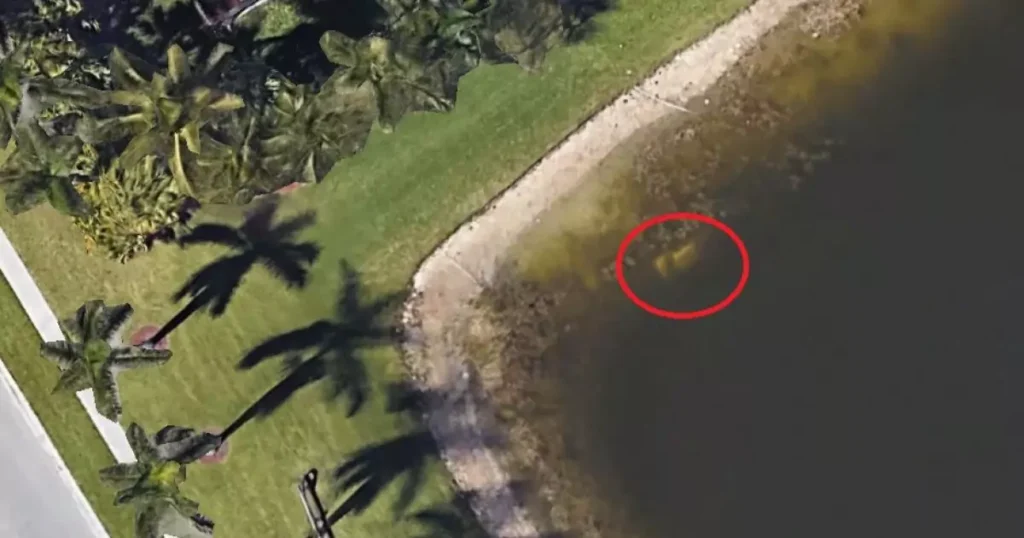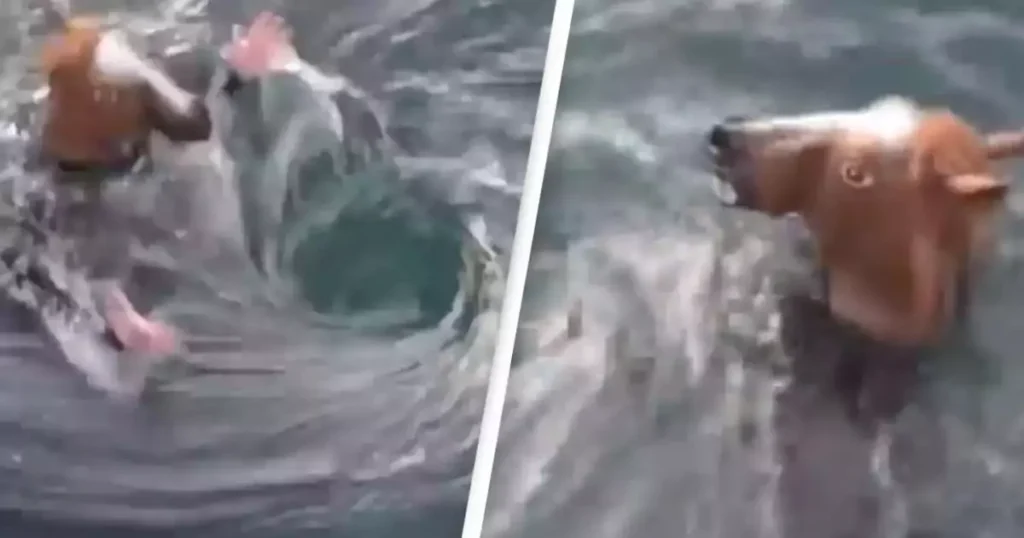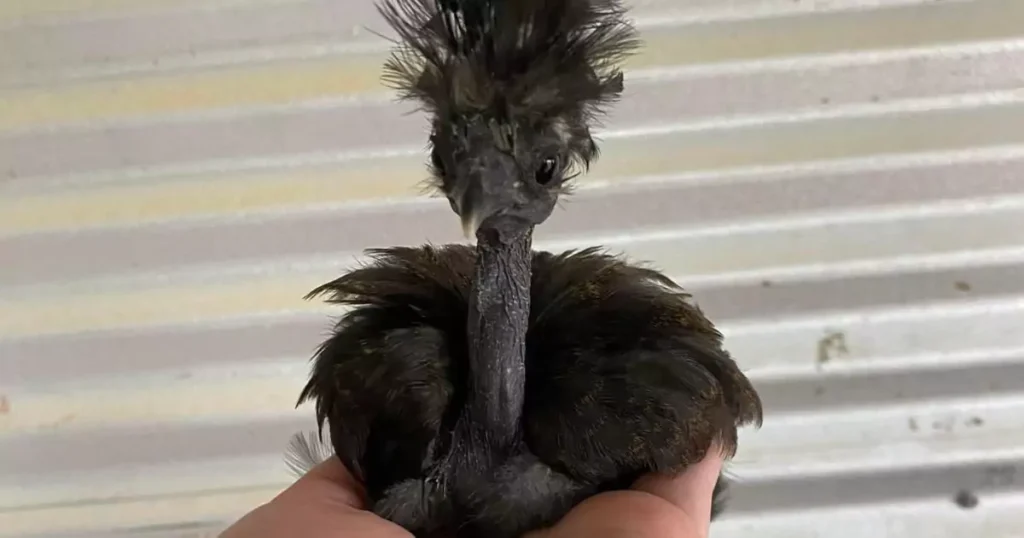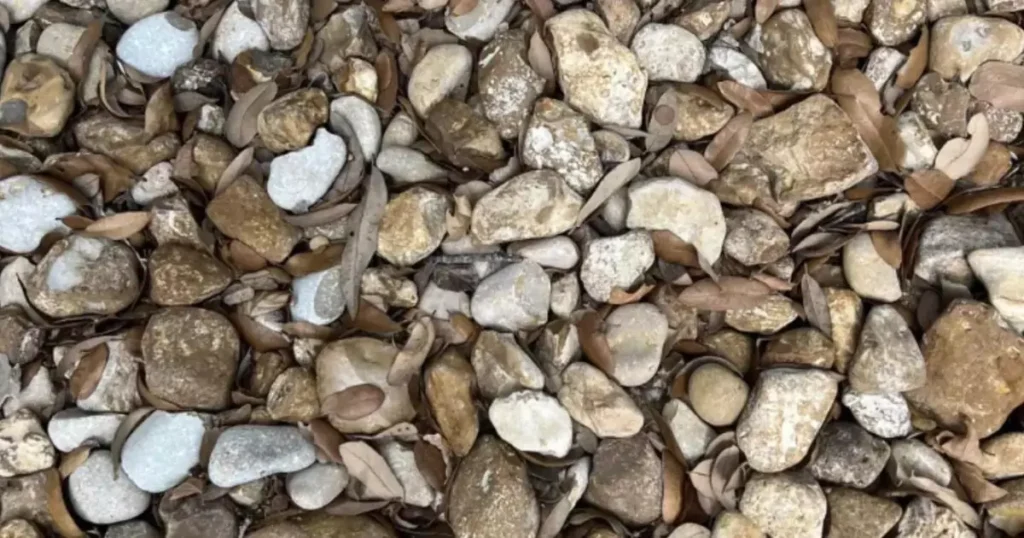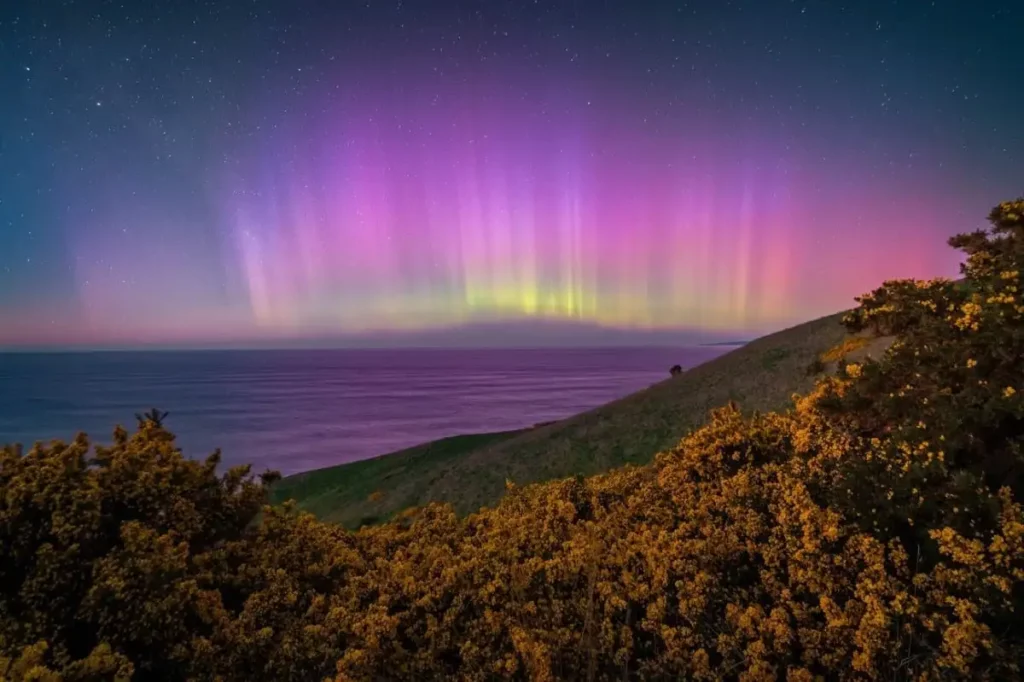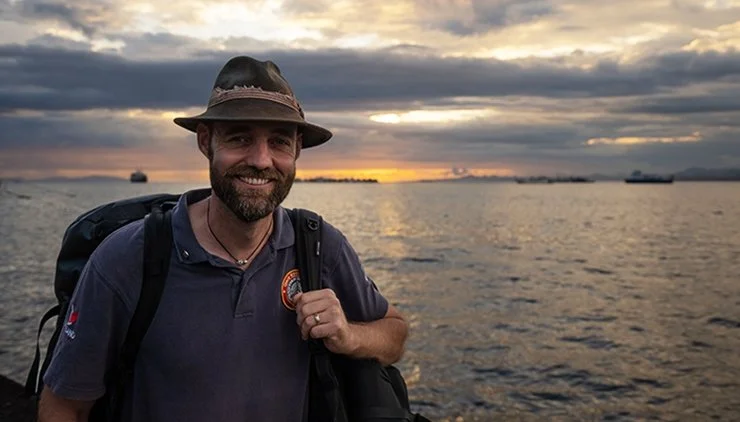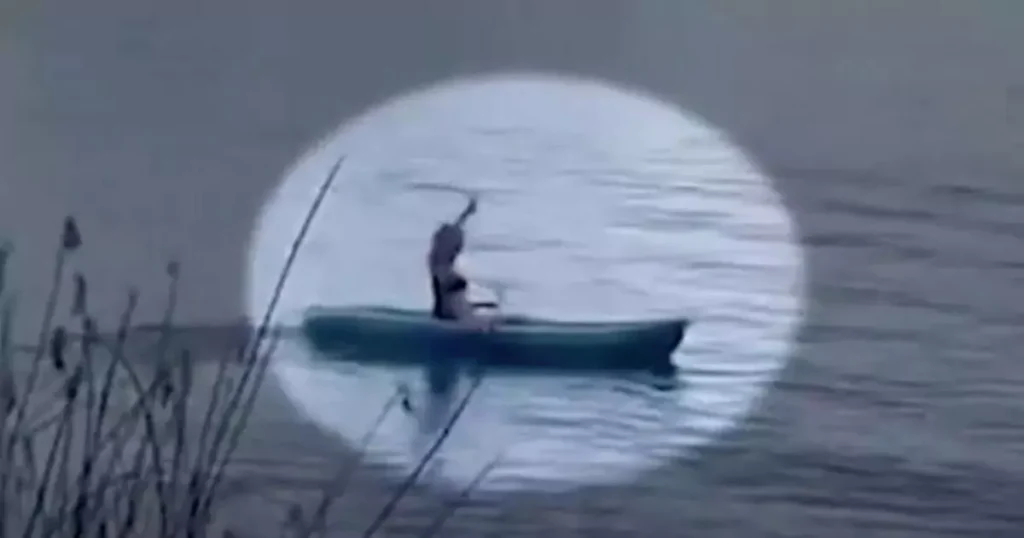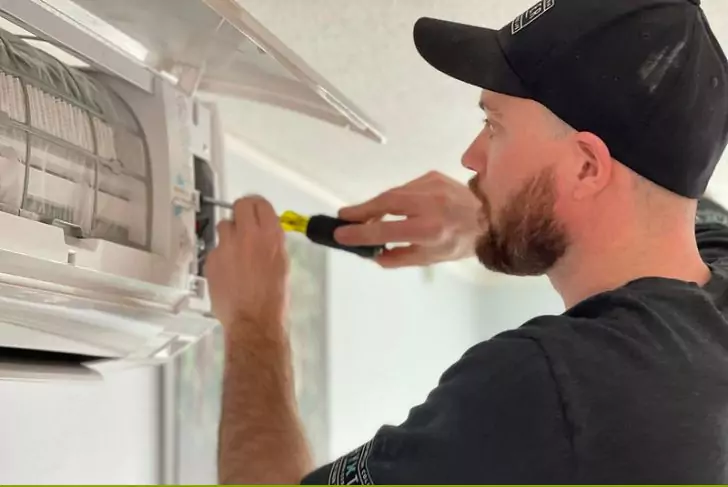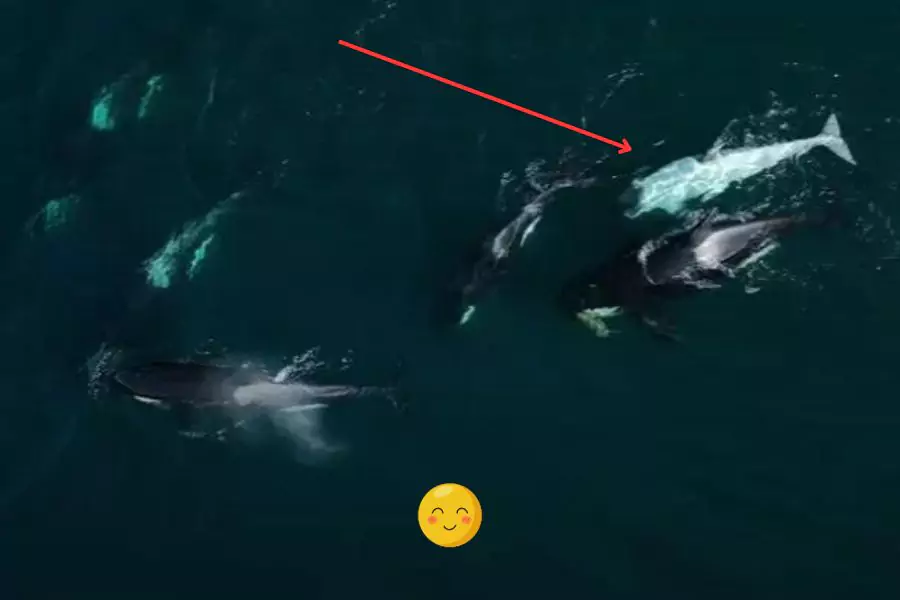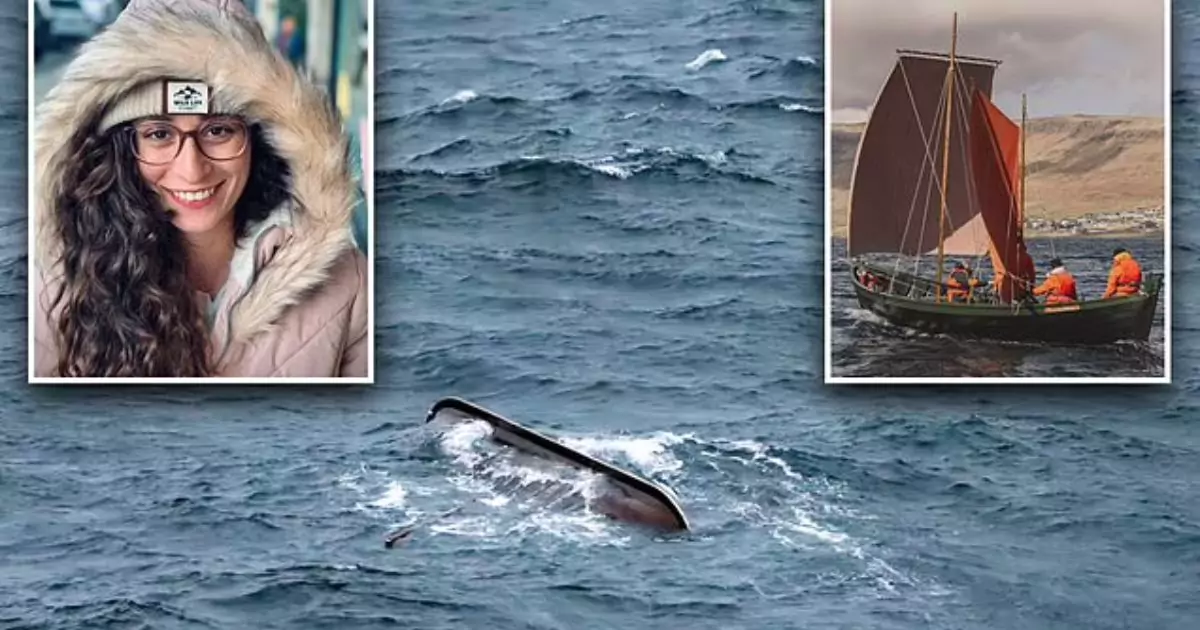
In a heartbreaking incident off the coast of Norway, American archaeologist Karla Dana tragically lost her life when the replica Viking boat she was aboard capsized in the unforgiving waters of the North Sea. This ill-fated voyage, which aimed to recreate a historic Viking journey, ended in disaster as the crew faced violent stormy conditions.
The Beginning of the Viking-Inspired Journey
On Saturday, August 24, six explorers embarked on a daring voyage aboard a wooden boat named Noddoddur. Built in the traditional Faroese style without a motor, the boat relied solely on sails and oars, mirroring the ancient Viking way of travel. The crew consisted of four Swiss nationals, one person from the Faroe Islands, and Karla Dana. Their goal was to trace the historic Viking route from the Faroe Islands to Ålesund, Norway—a daunting 680-kilometer journey across treacherous waters.
The 10-meter vessel was meant to immerse the crew in the Viking lifestyle, offering an authentic experience of history. However, as their journey progressed, they soon encountered the harsh realities of the open sea.

The Deadly Storm
On Tuesday, August 27, the voyage took a dangerous turn. Severe weather struck the crew as they were still far from their destination. With only sails and oars at their disposal, they found themselves battling immense waves and powerful winds. The situation quickly escalated as the small boat struggled to stay afloat.
The crew sent out a distress signal, but initial rescue efforts misinterpreted the call as a false alarm. The storm continued to intensify, and just one day before reaching Norway, the boat capsized under the relentless force of the waves.
A Tragic Loss at Sea
On August 28, Karla Dana’s body was tragically found just 60 kilometers from Norway’s coastal island of Måløy, only a few hundred meters from the wrecked boat. She was the only fatality in the accident, with the remaining five crew members surviving by clinging to an inflatable life raft until they were rescued by helicopter.
Though the exact cause of the sinking is still under investigation, experts have pointed to the storm’s severity and the inherent challenges of sailing such a small vessel in open waters.
The Dangers of the North Sea
The Noddoddur, named after the famed Norwegian navigator Noddoddur who is believed to have discovered Iceland, had completed similar voyages in the past. The boat’s owner, Bergur Jacobsen, stated that while the vessel was designed to resemble a Viking ship, it was actually a traditional Faroese fishing boat, built using ancient methods but without modern technology like engines.
Despite its previous success, this voyage proved fatal. While the survivors were physically unharmed, they are now receiving psychological support to help cope with the trauma of the event.
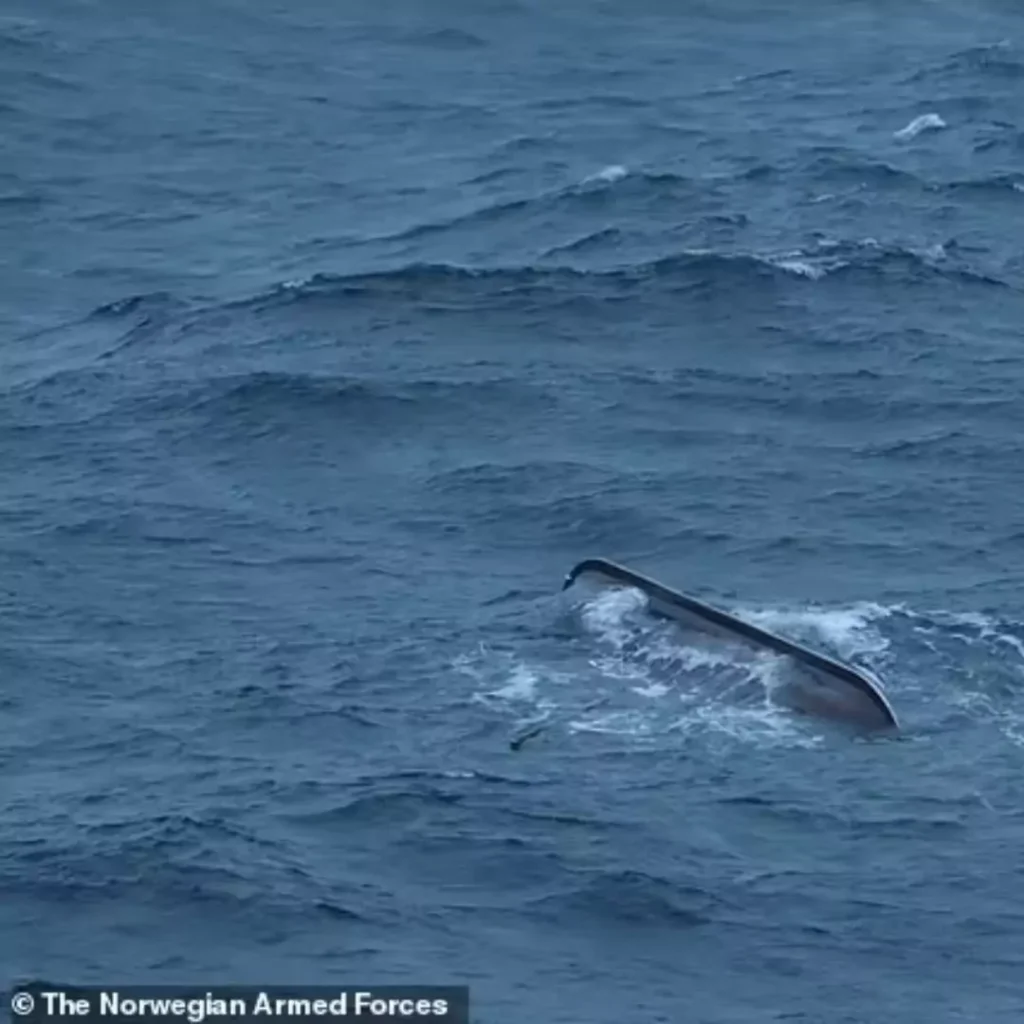
Karla Dana’s Passion for History and Adventure
Karla Dana wasn’t just an adventurer—she was an accomplished archaeologist with a deep love for history. She had been documenting her journey on a blog, sharing her thoughts and excitement about the voyage. In one post, she reflected on the dual feelings of excitement and fear when sailing through the unpredictable North Sea.
“It’s hard to keep excitement from turning into fear when you see those waves casually tossing around huge modern boats like toys,” she wrote. “But there’s a wild beauty in the North Sea, a reminder of nature’s raw power, and I feel incredibly lucky to be part of this adventure.”
Karla’s passion for exploring history and her fearless spirit were evident in her writings. Her untimely death is a tragic reminder of the risks that come with adventurous explorations.
Important Safety Precautions for Dangerous Voyages
Historical reenactments and adventurous voyages offer excitement but also involve significant risks, especially in harsh environments like the North Sea. This tragedy underscores the importance of taking strict safety measures when embarking on such journeys.
1. Monitor Weather Conditions Carefully
Always check weather forecasts thoroughly before setting sail. Avoid venturing out in dangerous conditions, as storms at sea can be deadly, even for experienced sailors.
2. Equip with Modern Safety Gear
Even when using traditional boats, it’s essential to have modern safety equipment onboard, including life jackets, emergency beacons, satellite phones, and first aid kits.
3. Establish a Clear Rescue Plan
Ensure there is a solid rescue plan in place. All crew members should know how to operate safety equipment and be prepared to act quickly if the situation worsens.
4. Crew Training and Preparedness
All crew members should be trained to handle the boat, especially in harsh weather conditions. Proper training can be the difference between life and death.
5. Ensure Survival Gear is Onboard
Survival gear, such as inflatable life rafts, waterproof communication devices, and emergency food supplies, can make a crucial difference in case of capsizing.
6. Regular Communication with Land Teams
Maintain regular contact with land-based support teams for weather updates and safety instructions. A land-based team can dispatch help quickly in the event of an emergency.
Remembering Karla Dana
Karla Dana’s death is a sobering reminder of the power and unpredictability of nature. What began as a historic tribute to Viking explorers ended in tragedy, claiming the life of a passionate archaeologist. As investigations continue, her story serves as a reminder of the risks that come with pursuing adventure in dangerous environments.
Her passion for history and adventure will be remembered, inspiring future generations to explore while prioritizing safety. Karla’s legacy is a powerful example of courage, curiosity, and an unyielding spirit, even in the face of the unknown.
The Importance of Safety in Exploration
As tragic as Karla Dana’s loss is, it highlights the critical need for stringent safety precautions in adventurous expeditions. While the spirit of exploration should never be extinguished, it’s essential to prioritize safety to prevent future tragedies. Karla’s story will forever stand as a reminder of the delicate balance between adventure and safety in the world’s most challenging environments.



